In the market for a new roof? You may have heard fiberglass being touted as a waterproofing solution. Is fiberglass really waterproof? What are the benefits and drawbacks of using fiberglass on your roof? In this article, we will answer all of your questions about fiberglass and whether or not it is truly waterproof.
What is fiberglass?
Fiberglass is a type of glass that is made from fine strands of glass. Fiberglass is often used as an insulating material because it is lightweight and has a high resistance to heat. Fiberglass can also be used to reinforce other materials, like plastic or concrete. When used in roofing, fiberglass mats are soaked in asphalt and then applied to the roof surface.
While fiberglass roofs have some benefits, like being lightweight and easy to install, they are not as durable as other roofing materials. Debris from trees or hailstones may cause holes in fiberglass roofs. Weigh the pros and cons of using fiberglass on your roof before making a final decision, keeping in mind that fiberglass tends to come with a higher price tag. [1]
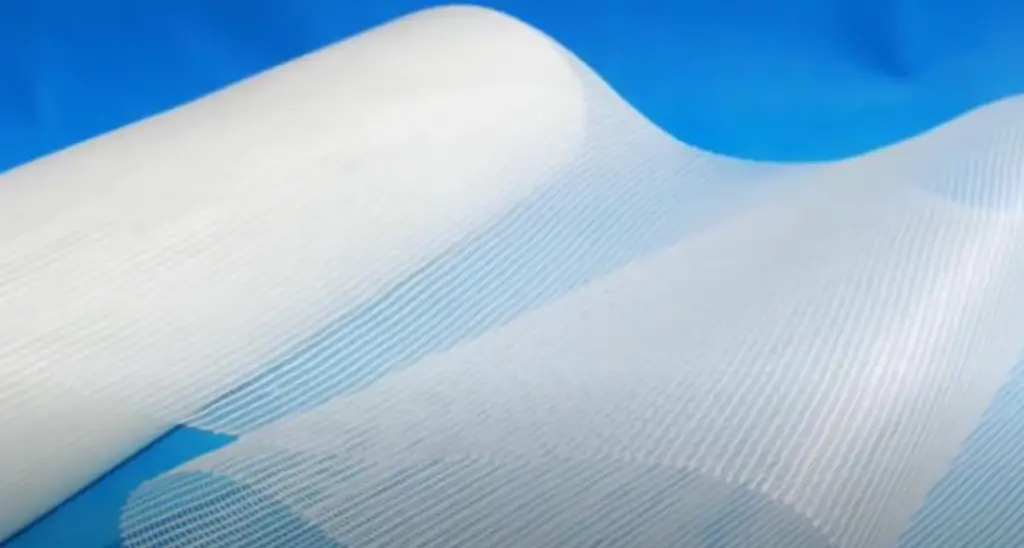
How Fiberglass is Made
Fiberglass is made by combining sand and other minerals with molten glass. The mixture is then drawn into fine strands of glass, which are known as fibers. The fibers are then woven together to create a fabric-like material. This fabric is then soaked in a resin, like polyester or epoxy, and left to cure. Once the resin has cured, the fiberglass sheet is cut to size and can be used in a variety of applications, including roofing.
To make fiberglass mat for use in roofing, manufacturers start by soaking the fabric in asphalt. The asphalt helps to waterproof the fabric and also gives it some weight so that it will stay in place on your roof. Once the mat is saturated with asphalt, it is cut to size and then applied to the roof surface.
Fiberglass roofs are usually white or light gray in color. They can also be made in a variety of other colors, though these will typically cost more than the standard white or light gray mats.
The benefits of using fiberglass on your roof are that it is lightweight, fire resistant, and reflective. Fiberglass roofs also last a long time, with an expected lifespan of up to 30 years. The main disadvantage of fiberglass roofs is that they are not as durable as other roofing materials, like asphalt shingles. Fiberglass roofs can be punctured or damaged by falling branches or hail stones. They are also more expensive than other roofing options, so you’ll need to weigh the pros and cons of using fiberglass on your roof before making a final decision. [2]
Manufacturing With Fiberglass
Fiberglass is used in many different industries for a variety of purposes. It is commonly used in the automotive industry, as well as in the manufacturing of boats, RVs, and aircraft. It is also used in the construction industry, for both commercial and residential applications. Fiberglass has many benefits that make it an ideal material for use in these industries.
While fiberglass has many benefits, it also has some drawbacks. One of the biggest disadvantages of fiberglass is that it is a poor insulator, both thermally and acoustically. This means that it is not a good choice for use in applications where insulation is important, such as in homes or offices. Additionally, fiberglass can be brittle and easily damaged if not handled properly. It is also one of the more expensive materials to use in manufacturing, which can make products made with fiberglass more expensive than those made with other materials.
Despite its disadvantages, fiberglass remains a popular material for use in many industries due to its unique combination of properties. When used correctly, it can be an ideal material for a variety of applications. [3]
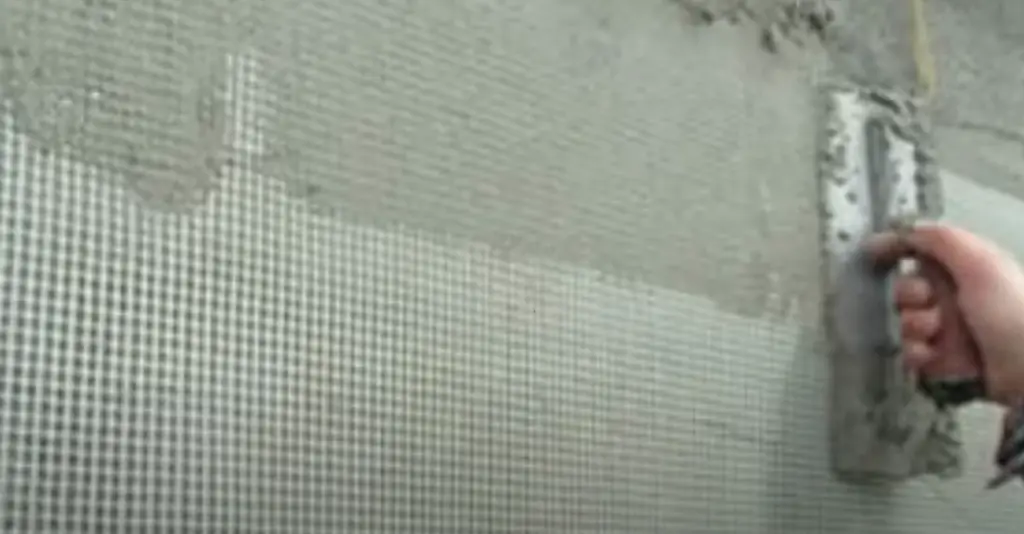
Carbon Fiber and Glass-Reinforced Plastic vs. Fiberglass
When it comes to choosing a material for your project, you’ll likely come across three different options: carbon fiber, glass-reinforced plastic (GRP), and fiberglass. All three materials have their own advantages and disadvantages that you’ll need to consider before making a final decision.
Carbon fiber is an extremely strong material that is also lightweight and stiff. It is often used in the aerospace industry and in the construction of high-performance vehicles due to its strength-to-weight ratio. Carbon fiber is also very expensive, which can make projects made with this material quite costly.
GRP is similar to carbon fiber in terms of strength and stiffness, but it is not as light. It is also less expensive than carbon fiber, which makes it a more budget-friendly option. GRP is often used in the construction of boats and RVs due to its water resistance.
Fiberglass is not as strong as either carbon fiber or GRP, but it is much more flexible. This flexibility makes it ideal for use in applications where a material needs to be able to mold to a specific shape. Fiberglass is also much less expensive than both carbon fiber and GRP, making it a good option for those working with a limited budget.
When choosing between carbon fiber, GRP, and fiberglass, you’ll need to consider the specific needs of your project. Each material has its own advantages and disadvantages that should be taken into account before making a final decision. [4]
Recycling Fiberglass
Fiberglass is a durable material that can last for many years. However, eventually, it will reach the end of its lifespan and will need to be replaced. When this happens, you’ll need to decide what to do with the old fiberglass. One option is to recycle it.
Recycling fiberglass is a great way to reduce waste and environmental impact. It also allows you to reuse the material in a new application, which can save money. Fiberglass can be recycled into new products, such as insulation or building materials.
To recycle fiberglass, you’ll need to take it to a recycling center that specializes in this material. Once there, the fiberglass will be sorted and cleaned before being melted down and reformed into new products.
If you’re looking for a way to reduce waste and environmental impact, recycling fiberglass is a great option. It’s also a cost-effective way to reuse the material in a new application.
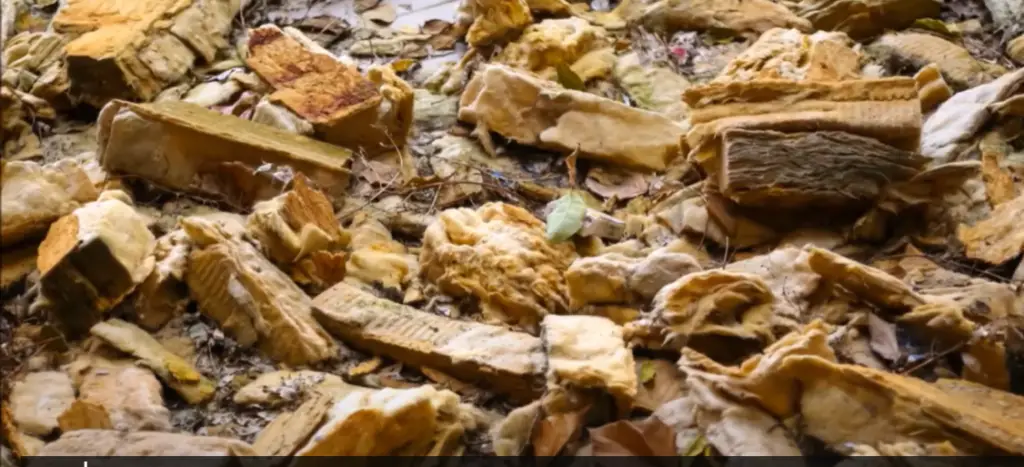
Is fiberglass waterproof?
Fiberglass is a popular material for use in many industries due to its unique combination of properties. When used correctly, it can be an ideal material for a variety of applications. One common question about fiberglass is whether or not it is waterproof.
The answer to this question depends on the specific type of fiberglass being used. Some types of fiberglass are waterproof, while others are not. The best way to determine if a particular type of fiberglass is waterproof is to consult the manufacturer or supplier.
To sum it up, the answer to the question “is fiberglass waterproof?” is that it depends on the specific type of fiberglass being used.[5]
FAQ
Can raw fiberglass get wet?
Yes, raw fiberglass can get wet. However, it is important to note that wetting raw fiberglass will cause it to swell and become weak. For this reason, it is typically only used in applications where it will not be exposed to moisture.
You might also want to think about other materials, such as GRP or carbon fiber, if you’re searching for a waterproof construction for your project. However, if you’re working with a limited budget, fiberglass may still be a good option.
In conclusion, the answer to whether fiberglass is waterproof depends on the type of fiberglass being used. If you’re looking for a waterproof material, you may want to consider other options.
What happens if fiberglass gets wet before it cures?
If fiberglass gets wet before it cures, it will become weaker. As such, it is important to take care when handling raw fiberglass so that it does not become wet.
If you do need to work with raw fiberglass in a wet environment, be sure to take extra precautionary measures to ensure its safety. For example, you may want to use a sealant or coating on the material to help protect it from moisture.
In general, it is best to avoid getting raw fiberglass wet if possible. However, if you do need to work with the material in a wet environment, taking precautions will help ensure its safety.
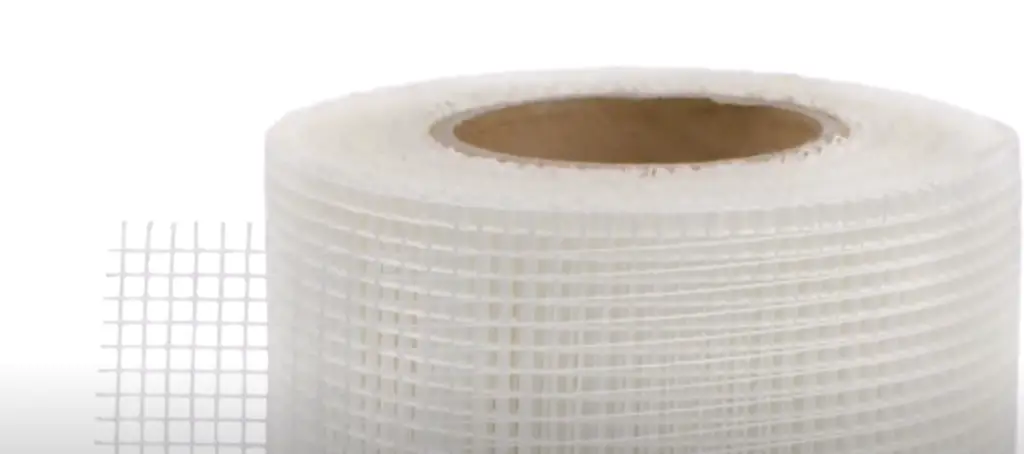
Is fiberglass resin the same as epoxy?
No, fiberglass resin is not the same as epoxy. Epoxy is a type of adhesive that is often used to bond fiberglass to other materials. Fiberglass resin, on the other hand, is a type of plastic that is used to create the fibers that make up fiberglass.
While epoxy and fiberglass resin are not the same thing, they are often used together in projects. For example, epoxy may be used to glue two pieces of fiberglass together. Alternatively, fiberglass resin may be used to coat a piece of wood or metal so that it can be made into a composite material.
In short, epoxy and fiberglass resin are two different things that are often used together in projects. Epoxy is a type of adhesive, while fiberglass resin is a type of plastic. [6]
What material will fiberglass not stick to?
Fiberglass will not stick to most types of materials. However, there are some exceptions. For example, fiberglass will not stick to Teflon or polyethylene.
If you’re trying to bond fiberglass to a particular material, it’s always best to consult the manufacturer or supplier. They will be able to provide you with specific information about which materials the fiberglass will and will not adhere to.
In general, fiberglass is a versatile material that can be bonded to many different types of surfaces. However, there are some exceptions such as Teflon or polyethylene. If you’re unsure about whether or not fiberglass will stick to a particular material, it’s always best to consult the manufacturer or supplier.
Useful Video: How to Waterproof Anything With Fiberglass
Conclusion
While fiberglass may be a good insulator and have some water resistant capabilities, it is not waterproof. A variety of sealants can be used to help make the material more watertight, but these coatings will eventually wear off and need to be reapplied. For projects that require waterproofing, fiberglass should not be your first choice.
References:
- https://www.fibreglassdirect.co.uk/blog/post/what-is-fibreglass-or-fiberglass
- https://www.thoughtco.com/what-is-fiberglass-or-glass-fiber-820469
- https://www.tencom.com/blog/how-do-you-manufacture-fiberglass-products
- https://zoltek.com/carbon-fiber-vs-fiberglass/
- https://waterprooftips.com/is-fiberglass-waterproof/
- https://www.differencebetween.com/difference-between-epoxy-and-fiberglass-resin/

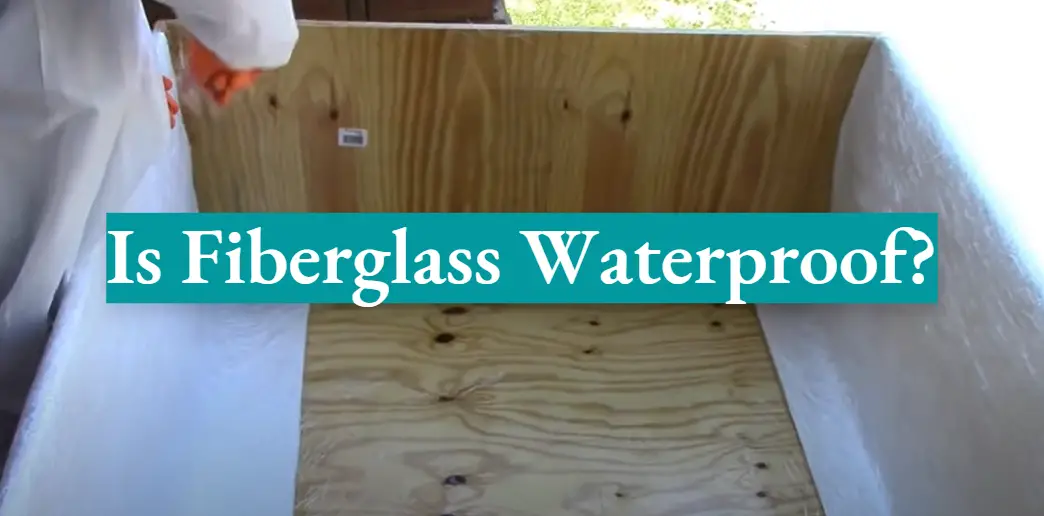
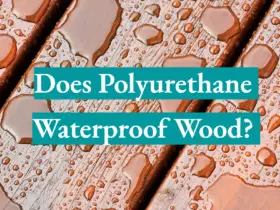
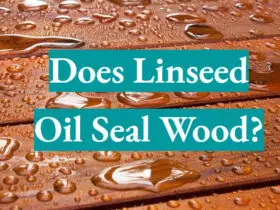
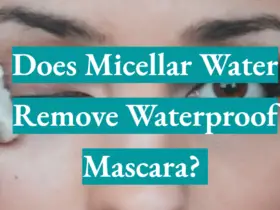
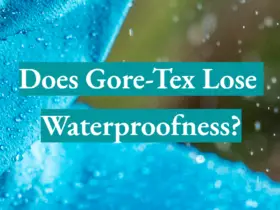
Leave a Reply